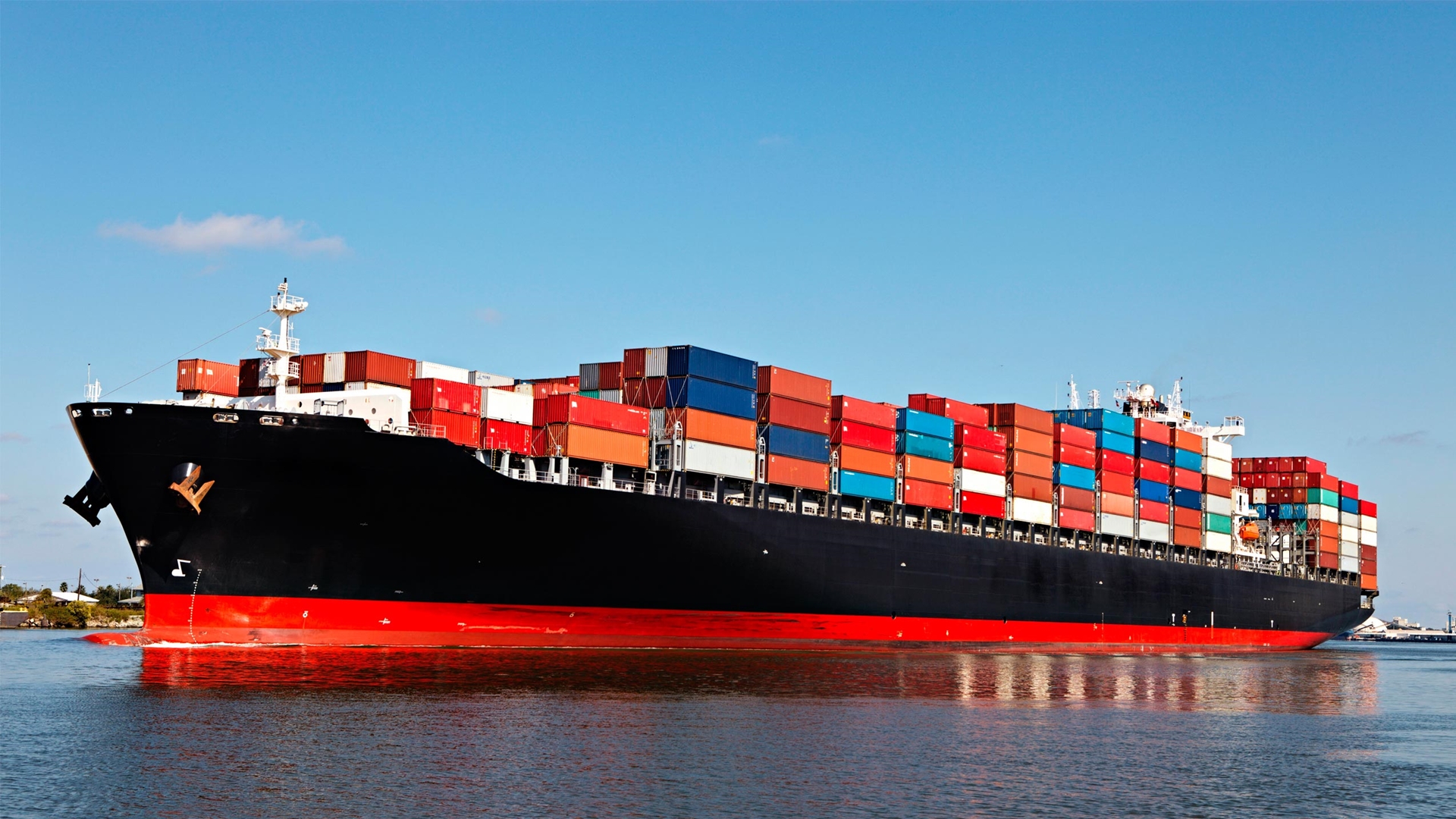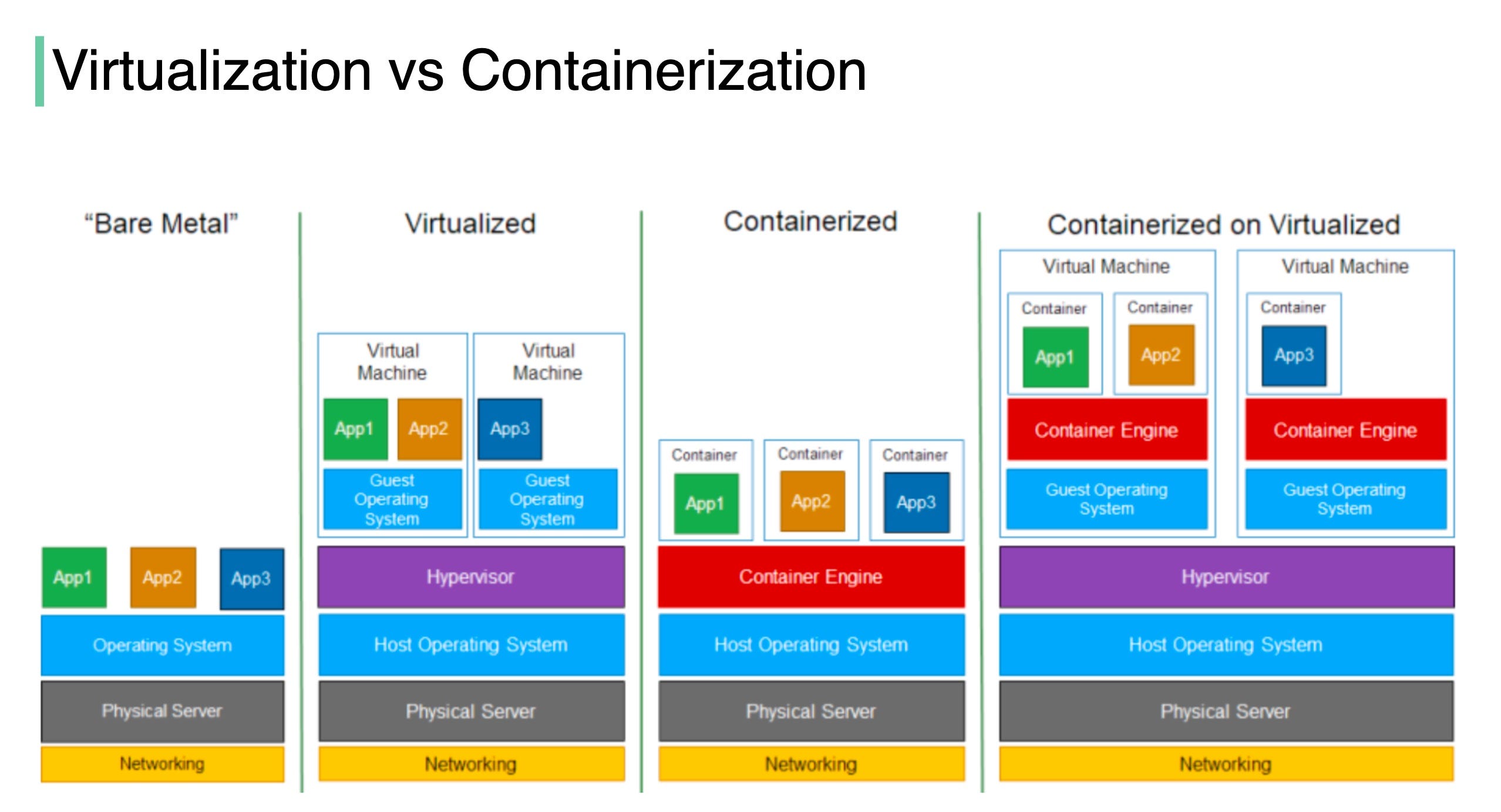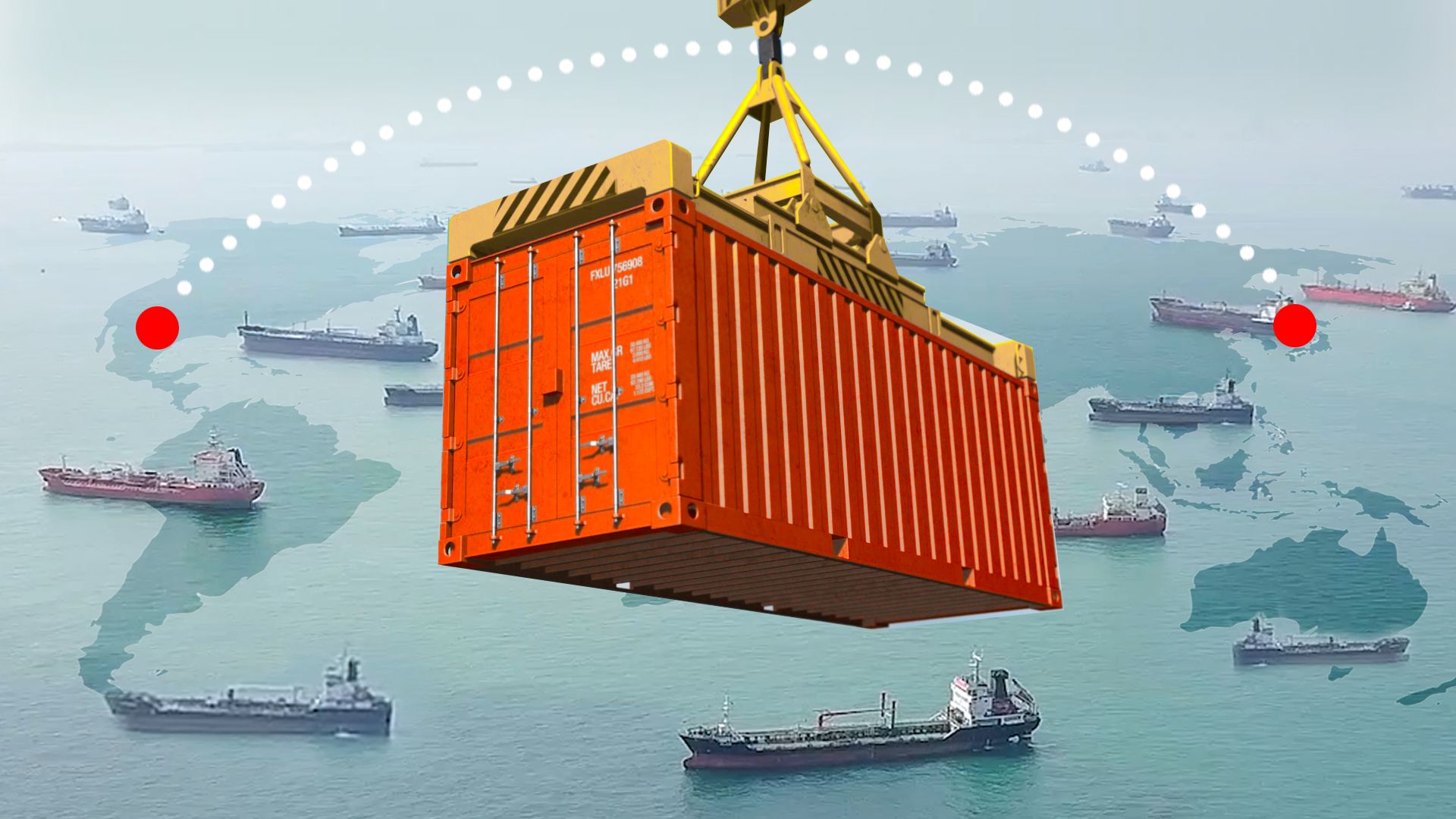Boats have played an essential role in human history, serving as the primary means of transportation, commerce, and recreation on waterways for thousands of years. These versatile vessels come in a wide variety of shapes, sizes, and designs, each tailored to specific uses, from fishing and cargo transport to leisure cruising and competitive racing. This article will explore the different types of boats, their uses, and the evolution of boating technology throughout the ages.
The History of Boats
The history of boats dates back to prehistoric times, with the earliest known boats believed to be simple dugout canoes. These early vessels were made from hollowed logs, and their use dates back over 10,000 years. Ancient civilizations such as the Egyptians, Phoenicians, and Greeks advanced boat technology, building ships capable of navigating long distances and across open seas.
By the time of the Viking Age, the Vikings had perfected shipbuilding techniques, creating longships that were both fast and sturdy, capable of navigating both the open sea and shallow rivers. Over the centuries, boat design continued to evolve, with innovations such as the rudder and sails improving navigation. The Industrial Revolution brought new materials and technologies, leading to the development of steam-powered boats, and later, motorboats.
Types of Boats
Today, boats come in many shapes and sizes, each designed for specific purposes. Below are some of the most common types of boats:
1. Canoes and Kayaks
Canoes and kayaks are small, narrow boats traditionally used for paddling. Canoes are usually open on top and designed for use by one or two people, while kayaks are often closed at the top, with a seat inside for a single paddler. Both are ideal for recreational activities such as touring, fishing, and white-water rafting. They can be made from a variety of materials, including wood, fiberglass, and modern plastic.
- Key Features: Lightweight, simple design, ideal for calm waters or rivers.
- Use: Ideal for outdoor exploration, recreation, and short-distance travel on rivers, lakes, and even the ocean.
2. Sailboats
Sailboats are boats that rely on sails to harness wind power to move. These boats come in various sizes, from small dinghies to large yachts. Sailboats have been used for transportation, trade, and leisure for centuries. Sailboats typically feature one or more sails, a mast, and a hull designed for smooth navigation on the water.
- Key Features: Masts and sails, wind-powered, and highly maneuverable in open waters.
- Use: Sailing for sport, competition (such as in regattas), or leisurely cruises.
3. Motorboats
Motorboats are powered by internal combustion engines or electric motors, making them ideal for faster travel compared to sailboats or rowboats. These boats come in many shapes and sizes, from small speedboats used for water skiing to large motor yachts equipped with luxury amenities. Motorboats are popular for recreational boating, fishing, and transportation.
- Key Features: Engine-powered, high speed, and variety of sizes.
- Use: Fishing, water sports, recreation, and transportation.
4. Fishing Boats
Fishing boats are specifically designed to aid in catching fish. They can range from small, one-person dinghies to large trawlers that venture far out to sea. Depending on the type of fishing and the waters, these boats may include specialized features such as fishing gear storage, rod holders, live wells to keep fish alive, and sonar systems for locating schools of fish.
- Key Features: Fish-finding technology, rod holders, coolers, and storage.
- Use: Commercial fishing, sport fishing, or recreational fishing.
5. Luxury Yachts
Luxury yachts are large, private boats designed for maximum comfort, entertainment, and style. These vessels often include high-end amenities such as spas, swimming pools, home theaters, and elegant dining areas. Yachts are powered by either engines or sails and can be used for private cruises, charters, and social events.
- Key Features: Luxury accommodations, private rooms, expansive decks, and advanced navigation systems.
- Use: Recreational cruises, private getaways, and charter services.
6. Houseboats
Houseboats are boats designed to be used as a floating home. These boats are equipped with living spaces, kitchens, bathrooms, and bedrooms, making them ideal for those who want to experience life on the water full-time or for extended periods. Houseboats are often used on lakes, rivers, or coastal regions where they can anchor and provide a stable base for families or individuals.
- Key Features: Full living spaces, kitchens, bathrooms, and comfortable seating.
- Use: Living accommodations, vacation homes, or recreational use.
7. Submarines
Submarines are specialized boats capable of operating underwater. They are most commonly used by military forces for stealthy warfare but are also used for deep-sea exploration and research. Submarines are equipped with advanced sonar systems, torpedoes, and life support systems that allow them to operate underwater for extended periods.
- Key Features: Pressure-resistant hulls, sonar systems, and torpedo launchers.
- Use: Military defense, research, and exploration.
Boat Technology: How Boats Have Evolved
Boats have come a long way from their humble beginnings as simple dugouts. Technological advancements have led to the development of faster, more efficient, and safer boats. Some of the key innovations in boat technology include:
- Hydrofoils: These are specialized devices that lift the boat above the water’s surface, reducing drag and allowing for faster speeds. Hydrofoils are often used in racing boats and passenger ferries.
- GPS and Sonar: Modern boats are equipped with GPS navigation and sonar systems, allowing captains to navigate safely and locate underwater objects or fish.
- Electric Boats: As environmental concerns grow, the demand for electric-powered boats is on the rise. These boats use battery-powered engines to reduce carbon emissions and are popular for small recreational boats and dinghies.
Uses of Boats
Boats have diverse applications, and their use extends far beyond recreation. Some of the most common uses include:
1. Transportation
Throughout history, boats have been essential for transporting people and goods across rivers, lakes, and seas. In areas without road or rail networks, boats remain a primary means of transportation.
2. Fishing
Fishing boats are used for both commercial and recreational purposes. Commercial fishing boats help harvest fish and seafood to meet global demands, while recreational fishing boats are used for sport.
3. Water Sports
Motorboats and speedboats are often used for water sports like wakeboarding, water skiing, and tubing. These boats are fast and powerful, designed to tow riders across the water at high speeds.
4. Exploration and Research
Many boats are equipped for scientific research, including oceanographic research vessels that gather data about the ocean’s ecosystems, weather patterns, and marine life.
5. Recreation
Perhaps the most popular modern use of boats is for recreation. Whether it’s sailing, cruising, or fishing, boats offer a way for people to connect with nature, unwind, and enjoy the outdoors.
Conclusion: The Enduring Appeal of Boats
Boats are more than just vehicles—they are vessels that connect us to the water and provide a sense of freedom, adventure, and relaxation. Whether you’re out on a peaceful lake in a canoe, racing across the ocean in a speedboat, or exploring the depths of the sea in a research vessel, boats are an integral part of human life and culture. From their ancient origins to the cutting-edge technology used in today’s modern vessels, boats continue to serve as a vital link between humanity and the water.





